THE LEADING CORAL PROTECTION
Coral Rx provides a quick, safe, and effective solution to protect against pest risks, and is the world leading coral dip, with over 10 Million Doses sold and counting!





How It Works ?
A different type of coral dip
Coral Rx was designed by keeping the health of your coral in mind. Our proprietary blend of natural ingredients contains no iodine, which is known to stain corals, nor does Coral Rx contain oxidizers whose by-products are often toxic and continue to react with surrounding tissue.
Independent research also questions the effectiveness of iodine treatments. Please take a look at this feature article in Advanced Aquarist, April 2009.
CoralRx Is Effective Against

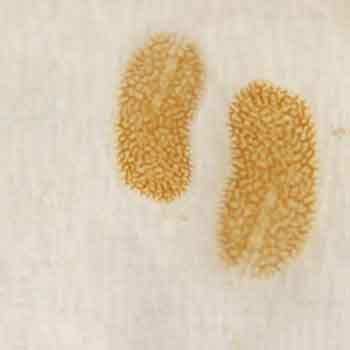
AEFW - Acropora Eating Flatworms
A flatworm that only effects Acropora, but does not affect all Acropora species. Some Acropora species are more prone to infection than others.
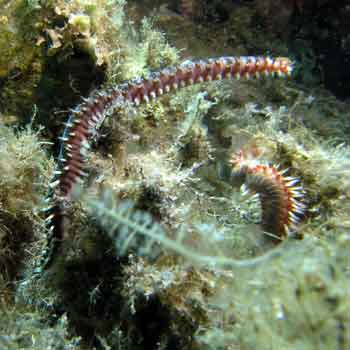
Bristleworms
Bristleworm is loosely used term to describe all Polychaete class marine worms. It is the Pherecardia, Hermodice, and other related species that most aquarists need to be concerned about.
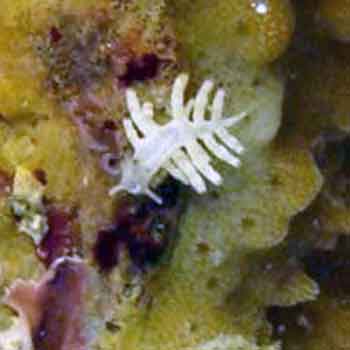
Montipora Eating Nudibranchs
Montipora Eating Nudibranchs are a type of aeolid nudibranchs which are known to feed on coral. It is important to keep these parasites out of our aquaria.

Zoanthid Eating Spiders
Sea Spiders are not spiders in the traditional sense. They are not members of the arachnid family, but are, instead, marine arthropods known as pycnogonids

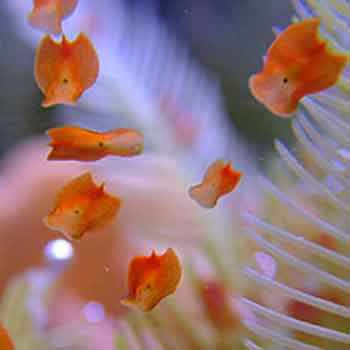
Red Flatworms
Red Flatworms go by several different names; Convolutriloba retrogemma, red planaria, rust flatworms, and some refer to them as just flatworms.
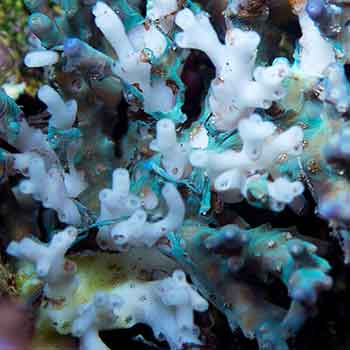

Tissue Necrosis (RTN/STN)
RTN and STN are used to describe the condition of tissue receding or coming off the coral or the coral turning white, which is known as bleaching. The speed at which this happens determines whether it is called rapid or slow tissue necrosis.

Zoanthid Eating Nudubrancs
Zoanthid Eating Nudibranchs also are known as Zoa Eating Nudibranchs or Zoo Eating Nudibranchs are a type of aeolid nudibranchs which are known to feed on coral.

Sundial or Box Snail
Heliacus variegatus is commonly known in the aquarium hobby as a Sundial snail or box snail. These nocturnal snails are known Zoanthid predators.


Bryopsis Filamentous Hair Algae
Bryopsis is a nuisance alga that can overgrow corals and live rock. It is generally dark green and filamentous. It is an indicator of high levels of nitrates and phosphates.
Directions
How to use
- – Dosage per gallon of dip
- – Coral Rx: 20ml or 4 capfuls
- – Coral Rx Pro: 30 drops
- – Coral Rx Industrial: 10 drops
Pro Tip: If you have a small power head, you can use this to keep the water moving in the last step.
01
Shake
First, you need to shake the bottle of Coral Rx.
02
Add Dosage
Based on the product purchased to 1 gallon (3.8 liters) of saltwater from the aquarium.
03
Mix Well
Make sure to mix salt water and solution well.
04
Keep Water Moving
Make sure to keep the water moving, and place the coral into the coral dip. Gently shake for 5-10 mins.
Where To Buy
Buy from our many distributers across the nation
Get Your Directions
Use my location to find the closest Service Provider near me
“CORAL RX USERS SAY”
” I ordered some of the CoralRx about 2 weeks ago and have been dipping new corals and problem corals with this. I have dipped anywhere from 10 minutes to 30 minutes with 2x dosage and I really like it. I have seen it kill red bugs and AEFW without hurting the coral. Previously I used TMPCC and then Revive. TMPCC was just way to harsh on my corals and Revive seemed good but just didn’t seem wasn’t strong enough for RB and some monti nudi. The CoralRX seem to kill just about everything, you can tell when immediately all the starfish and pods just squirm then die off. With Revive I notice a lot of starfish and pods do make it through the dips.” from his post onReefCentral.com
You should really give Coralrx a try. I have used TMCC in the past to dip across and they always browned out afterward from the stress. For a year now, I’ve been using Coralrx for the last year to dip SPS and zoas with minimal stress if any. Coralrx even takes care if other pests such as monti nudis, zoa nudis, zoas spiders, etc. Everything that I’ve dipped showed no stress post dip and colors right back up. I’ve never used Revive to be able to compare but I’m sticking with Coralrx. from his post on Reef2Reef.com

